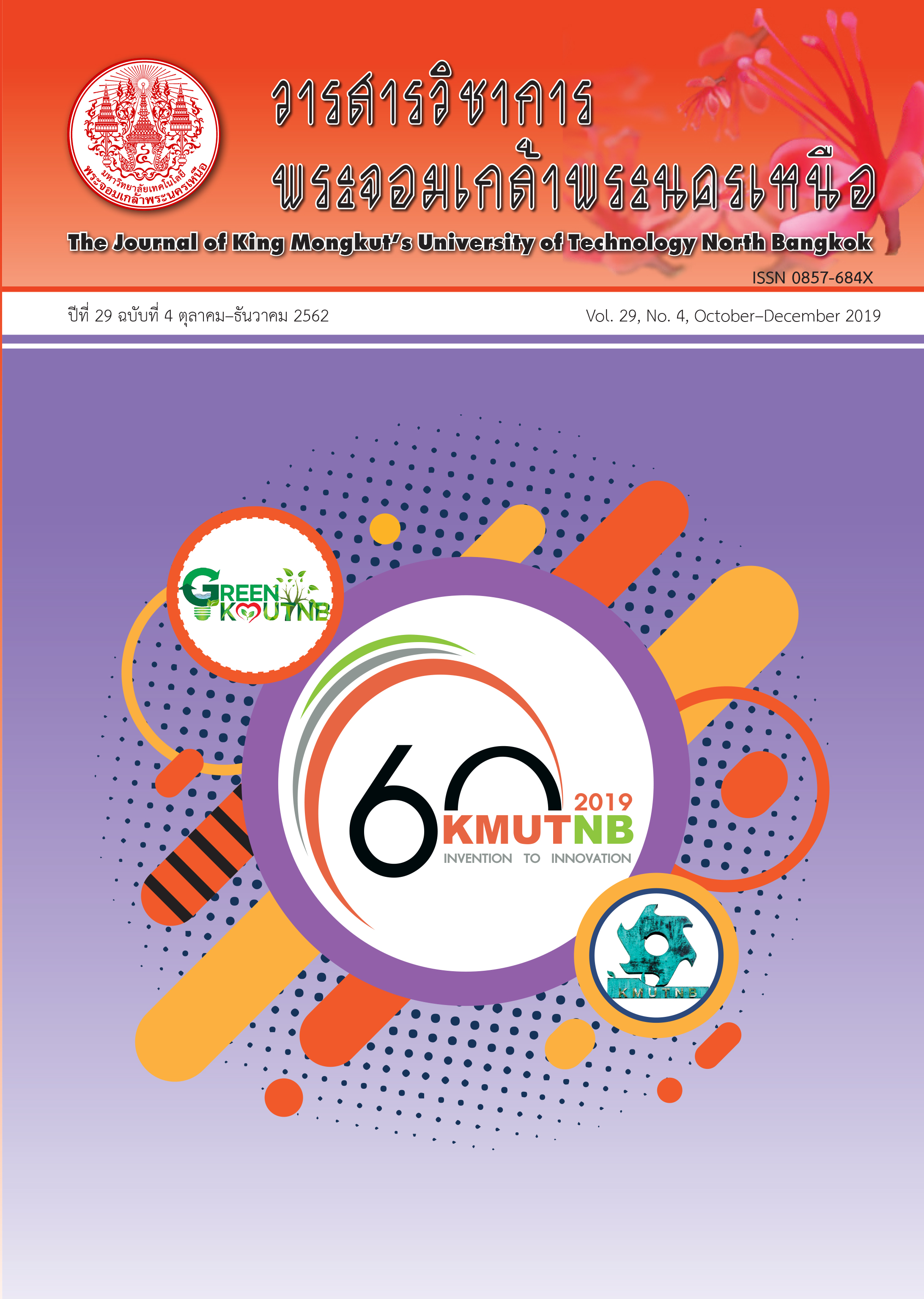Research Approach on Cryptography in Post-quantum
Main Article Content
Abstract
การเข้ารหัสมีบทบาทสำคัญในการแบ่งปันข้อมูลอย่างปลอดภัยในช่องทางที่ไม่ปลอดภัย ตัวอย่างเช่น Diffie และ Hellman [1], ElGamal [2] และ RSA [3] ฯลฯ ความปลอดภัยของระบบเหล่านี้ตั้งอยู่บนสมมติฐานทางคณิตศาสตร์ เช่น ความยากในการคำนวณค่าผกผันของฟังก์ชันลอการิทึมแบบไม่ต่อเนื่อง ความยากในการแยกตัวประกอบ [4] ฯลฯ อย่างไรก็ตาม ในปี ค.ศ. 1997 Shor [5] แสดงให้เห็นว่าปัญหาเหล่านี้สามารถแก้ไขได้อย่างง่ายโดยใช้ควอนตัมอัลกอริทึมดังนั้นการใช้โพรโทคอลแบบดั้งเดิมเหล่านี้อาจไม่ปลอดภัยเพราะการพัฒนาคอมพิวเตอร์ควอนตัมในทางปฏิบัติการแจกแจงกุญแจแบบควอนตัมช่วยให้สามารถสร้างกุญแจลับระหว่างทั้งสองฝ่ายปลอดภัยต่อการโจมตี การแจกแจงกุญแจแบบควอนตัมขึ้นอยู่บนหลักการฟิสิกส์ควอนตัม ในปี ค.ศ. 1982 Wootters และ Zurek [6] ได้พิสูจน์ว่า เป็นไปไม่ได้ที่จะคัดลอกข้อมูลควอนตัมโดยพลการอย่างสมบูรณ์ดังนั้นกำลังดักข้อมูลควอนตัมเป็นไปไม่ได้ หากผู้ดักฟังพยายามดักจับการสื่อสารควอนตัม เขาจะทิ้งร่องรอยไว้ ทำให้ตรวจพบและสามารถเปลี่ยนรหัสได้ทันที สิ่งนี้ช่วยให้มีความปลอดภัยที่สูงมากขึ้น
Article Details
The articles published are the opinion of the author only. The author is responsible for any legal consequences. That may arise from that article.
References
[2] T. Elgamal, “A public key cryptosystem and a signature scheme based on discrete logarithms,” IEEE Transactions on Information Theory, vol. 31, no. 4, pp. 469–472, 1985.
[3] R. L. Rivest, A. Shamir, and L. Adleman, “A method for obtaining digital signatures and public-key cryptosystems,” Communications of the ACM, vol. 21, no. 2, pp. 120–126, 1978.
[4] A. J. Menezes, S. A. Vanstone, and P. C. V. Oorschot, Handbook of Applied Cryptography, 1st ed. Boca Raton, CRC Press, Inc., 1996.
[5] P. W. Shor, “Polynomial-time algorithms for prime factorization and discrete logarithms on a quantum computer,” SIAM Review, vol. 41, no. 2, pp. 303–332, 1999.
[6] W. K. Wootters and W. H. Zurek, “A single quantum cannot be cloned,” Nature, vol. 299, pp. 802–803, 1982.
[7] C. H. Bennett and G. Brassard, “Quantum cryptography: Public key distribution and coin tossing,” Theoretical Computer Science, vol. 560, pp. 7–11, 2014.

